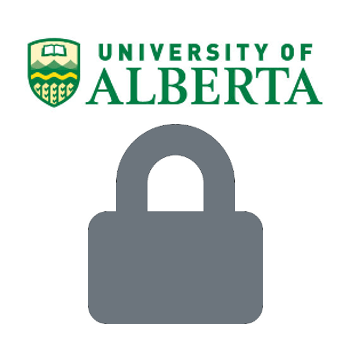This decommissioned ERA site remains active temporarily to support our final migration steps to https://ualberta.scholaris.ca, ERA's new home. All new collections and items, including Spring 2025 theses, are at that site. For assistance, please contact erahelp@ualberta.ca.
Search
Skip to Search Results- 75McNally, Michael B
- 44Government of Alberta
- 39Wakaruk, Amanda
- 38McNally, Michael
- 31Parlee, Brenda
- 23Karsgaard, Carrie; Mackay, Mackenzie; Catholique, Alexandria
- 72Information Policy
- 72LIS 598 - Information Policy - Winter 2017
- 42ECS
- 42division 2
- 42division I
- 42division II
- 121Toolkit for Grant Success
- 116Toolkit for Grant Success/Educational Materials (Toolkit for Grant Success)
- 89School of Library and Information Studies
- 53Education, Faculty of
- 47School of Library and Information Studies/Journal Articles (Library & Information Studies)
- 44Education, Faculty of/LearnAlberta Curriculum (Education)
-
2021-07-15
Wakaruk, Amanda, McNally, Michael
Learning Objectives: Define the two key components of moral rights; Compare and contrast moral rights with economic rights in copyright; Recognize what constitutes an infringement of moral rights; Understand the limitations of Canadian approach to moral rights for protecting Indigenous knowledge.
-
2017-08-03
This thesis is a global and general review of the mineral resource natural graphite. Natural graphite is a critical raw material with a high economic importance for the European union. Natural graphite is used in high technology applications like anodes for electric vehicle lithium-ion batteries....
-
2021-01-01
Salim, Saad, Pawlina, Iwona, Young-Leslie, Heather
Tips sheet created by the Grant Assist Program Directors to clarify equity, diversity and inclusion, and gender-based analyses as they pertain to the requirements of the New Frontiers Research Fund competitions. Written specifically for the first NFRF-Exploration competition, the principles apply...
-
2021-07-15
Wakaruk, Amanda, McNally, Michael
Learning Objectives: Describe and recount the arguments in the Nintendo v. Go Cyber case; Recognize how a broad interpretation of protections and a limited interpretation of exceptions was applied in this case.
